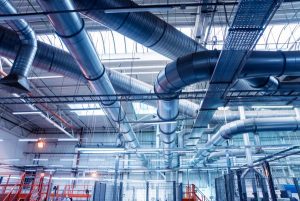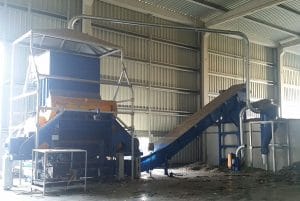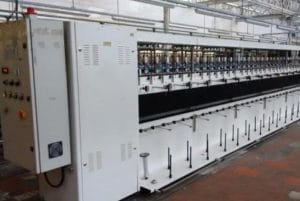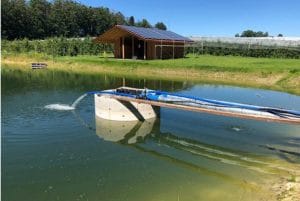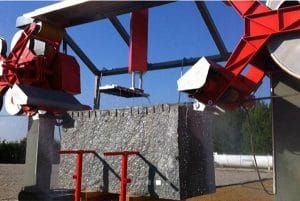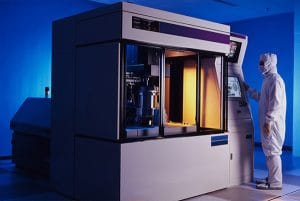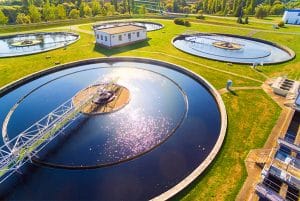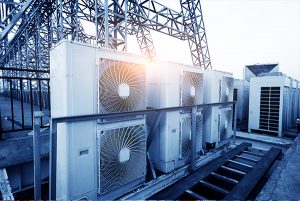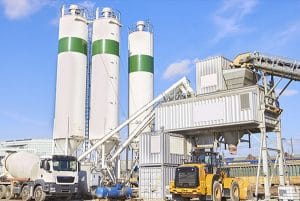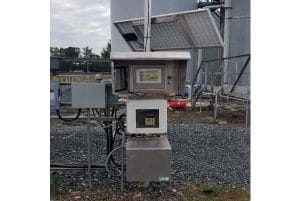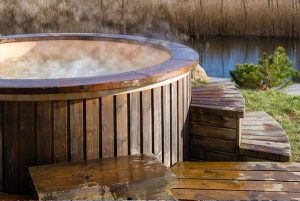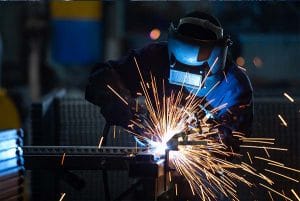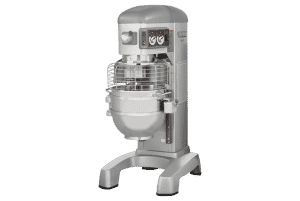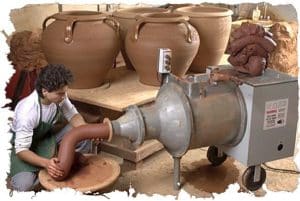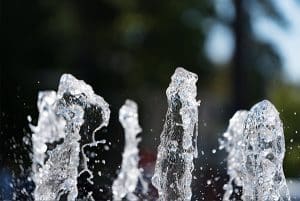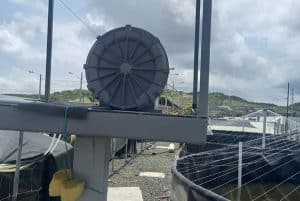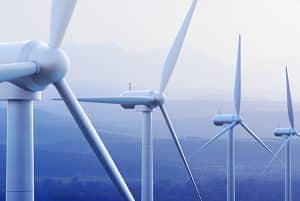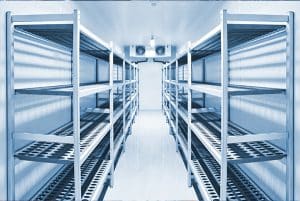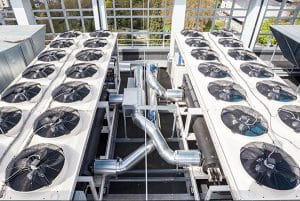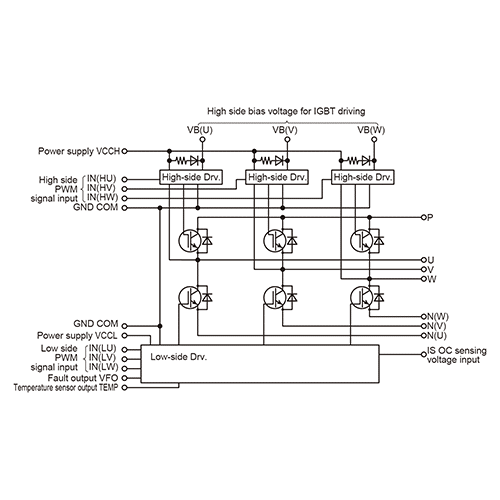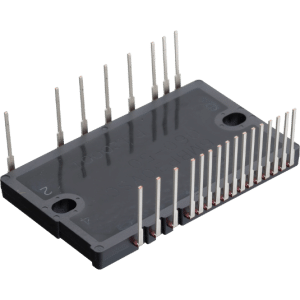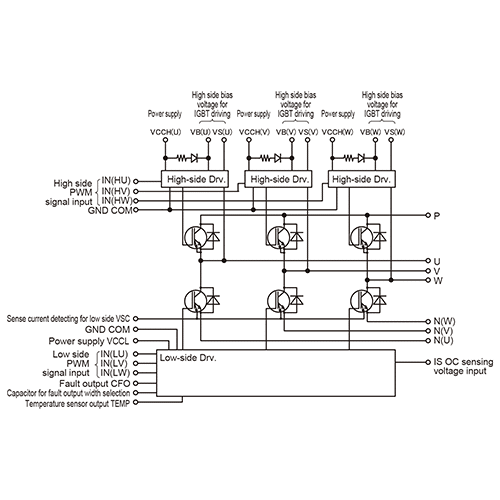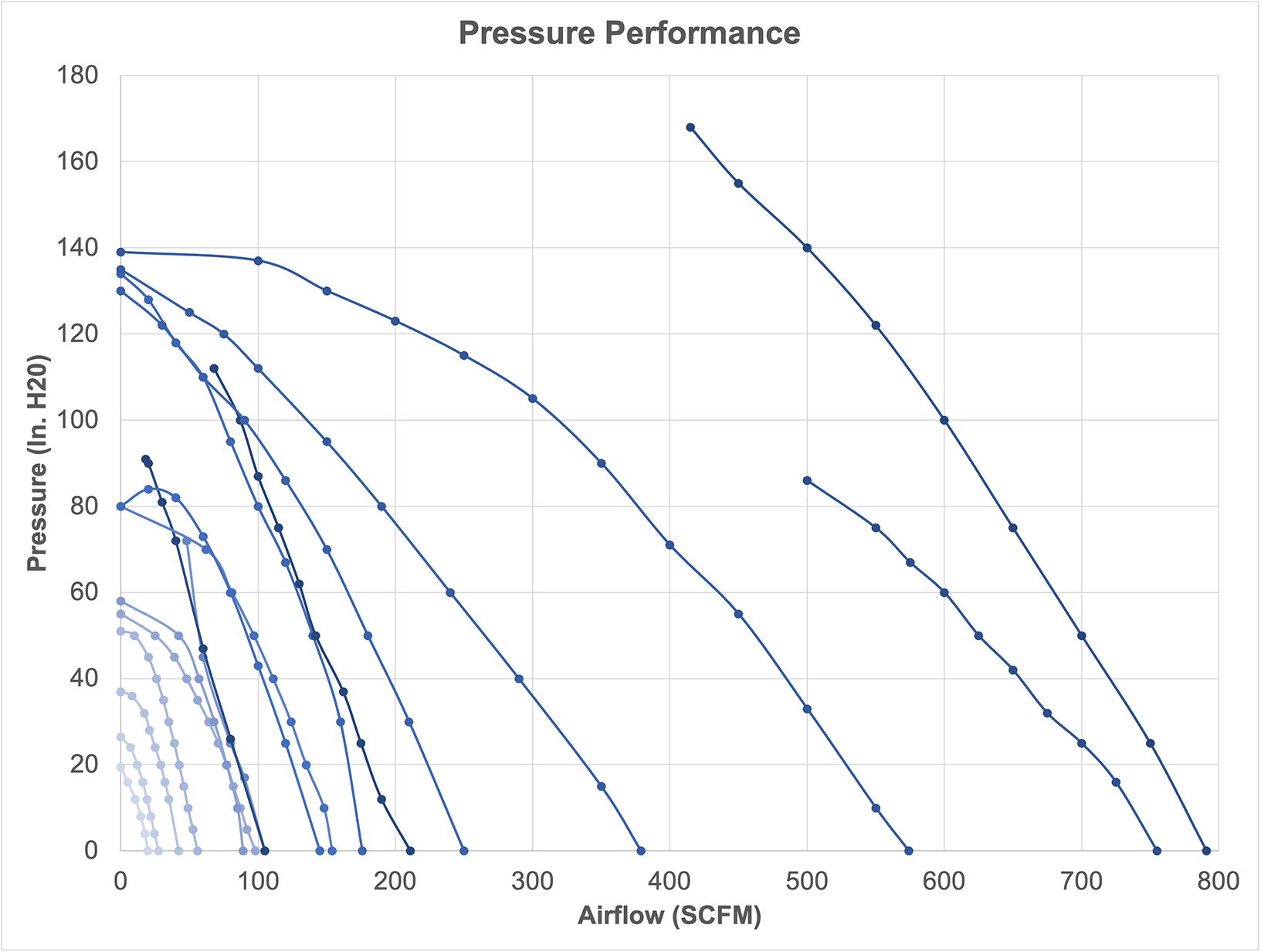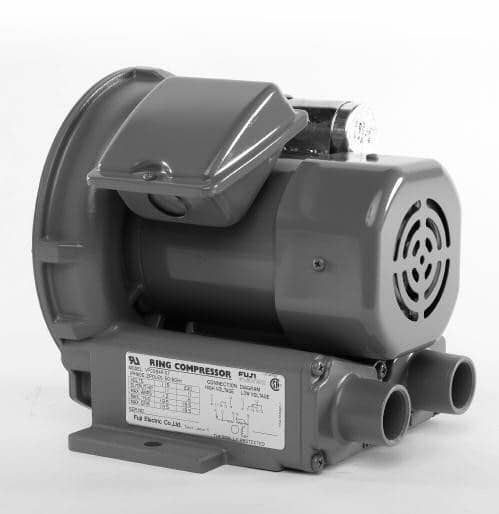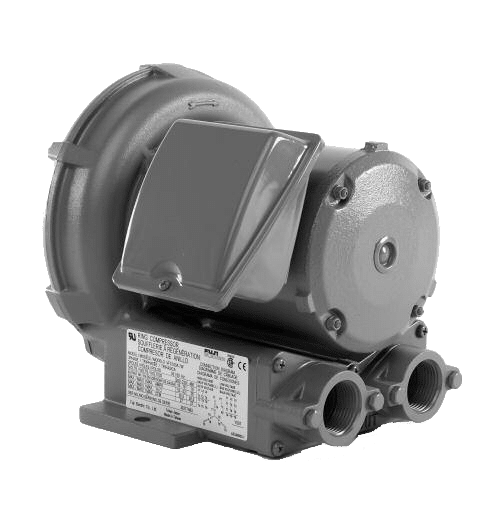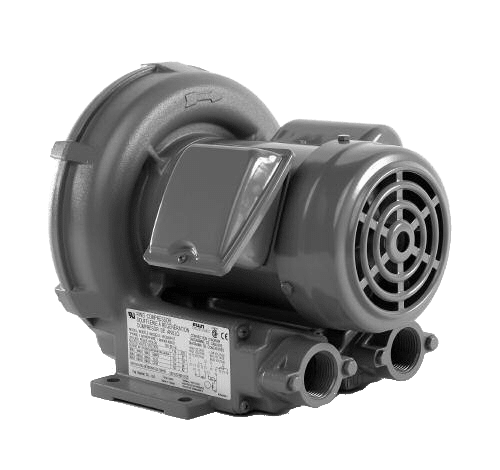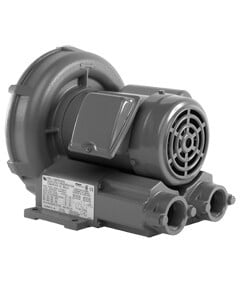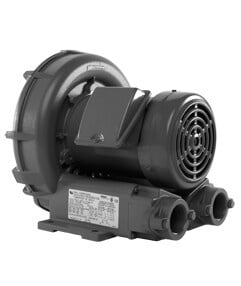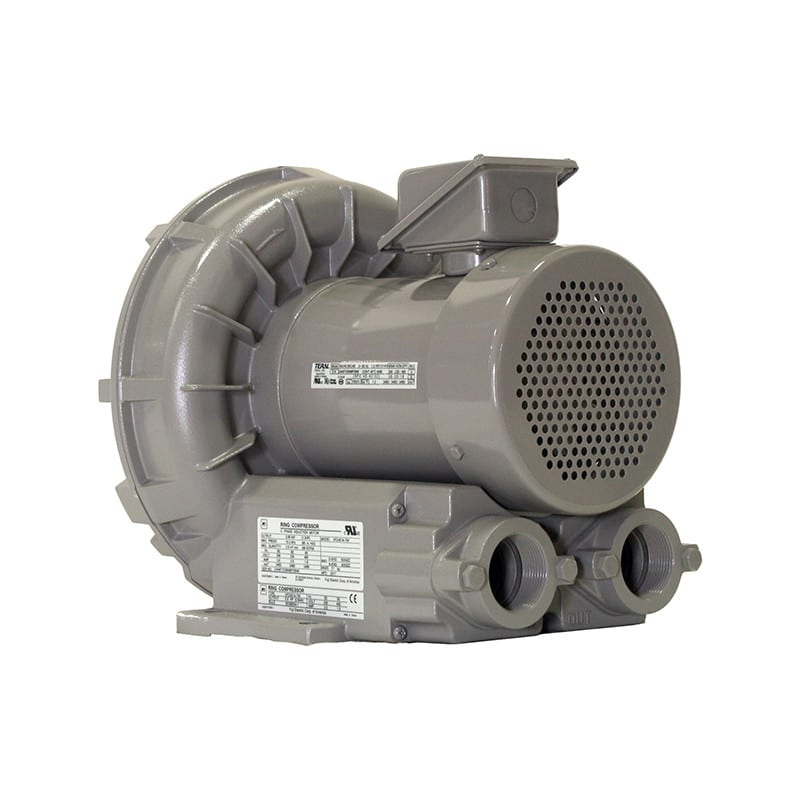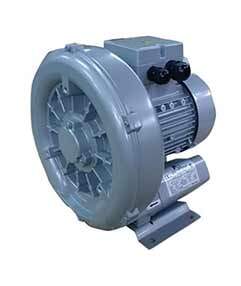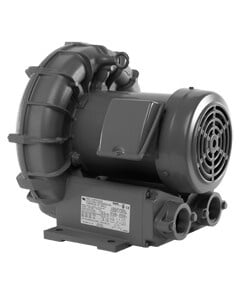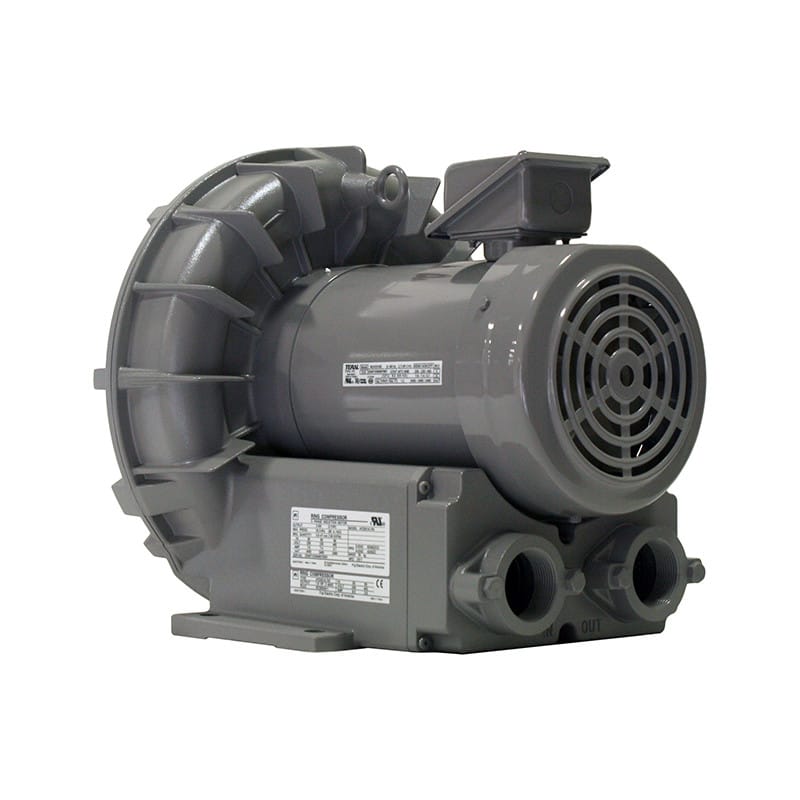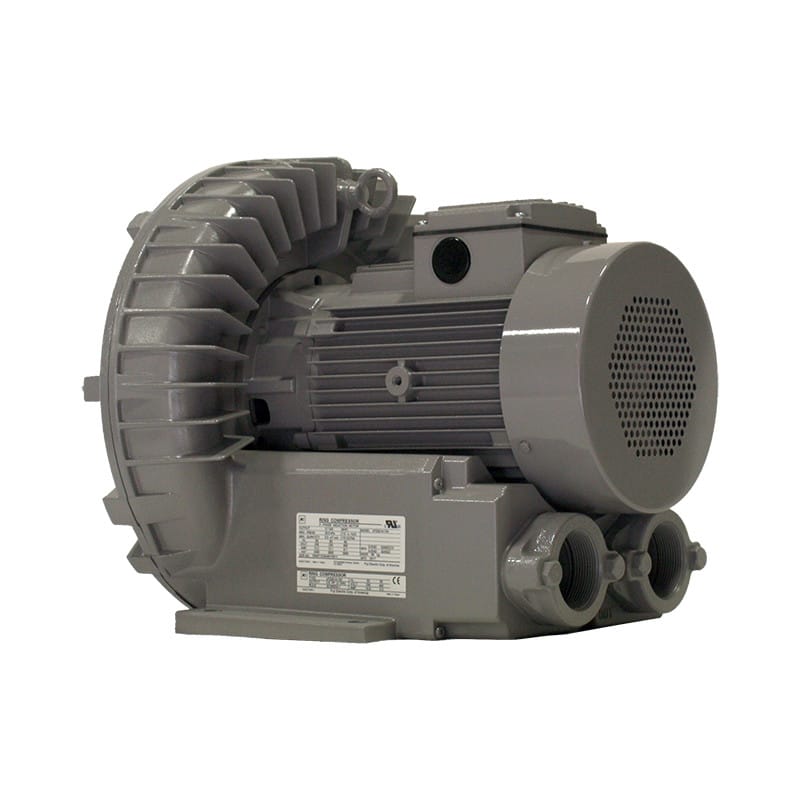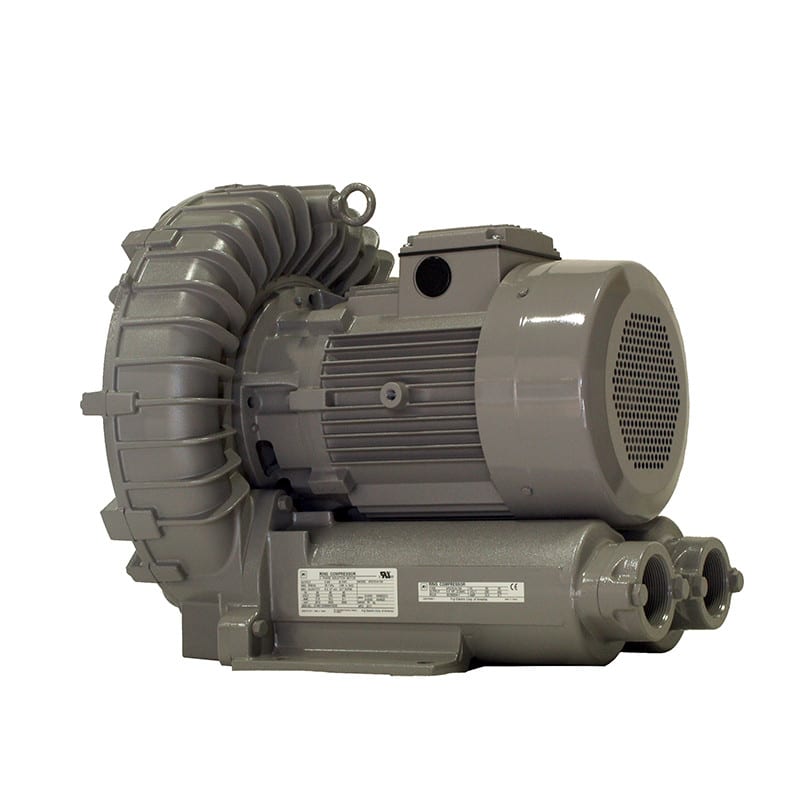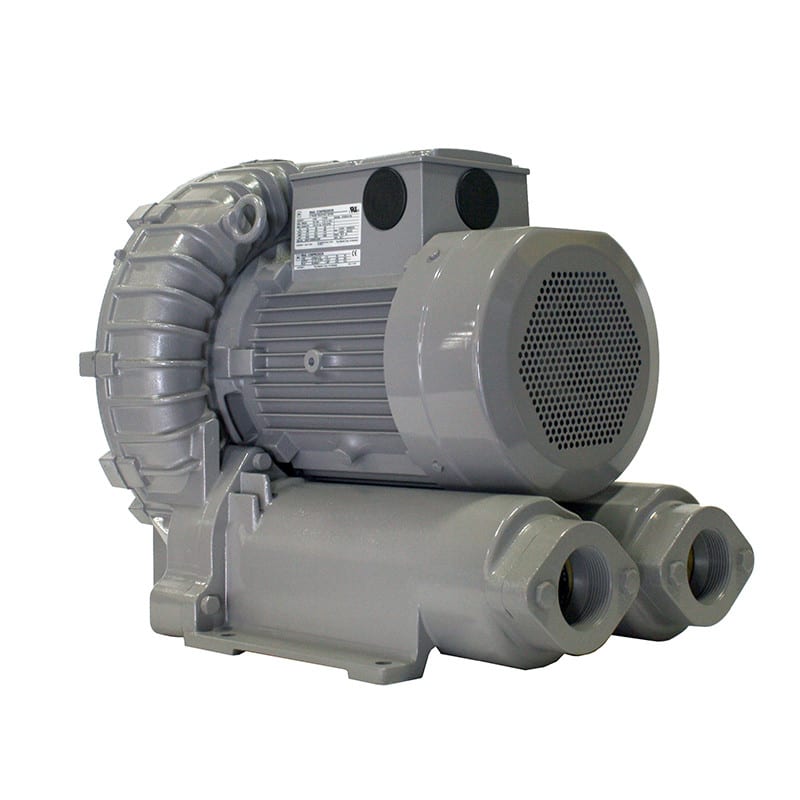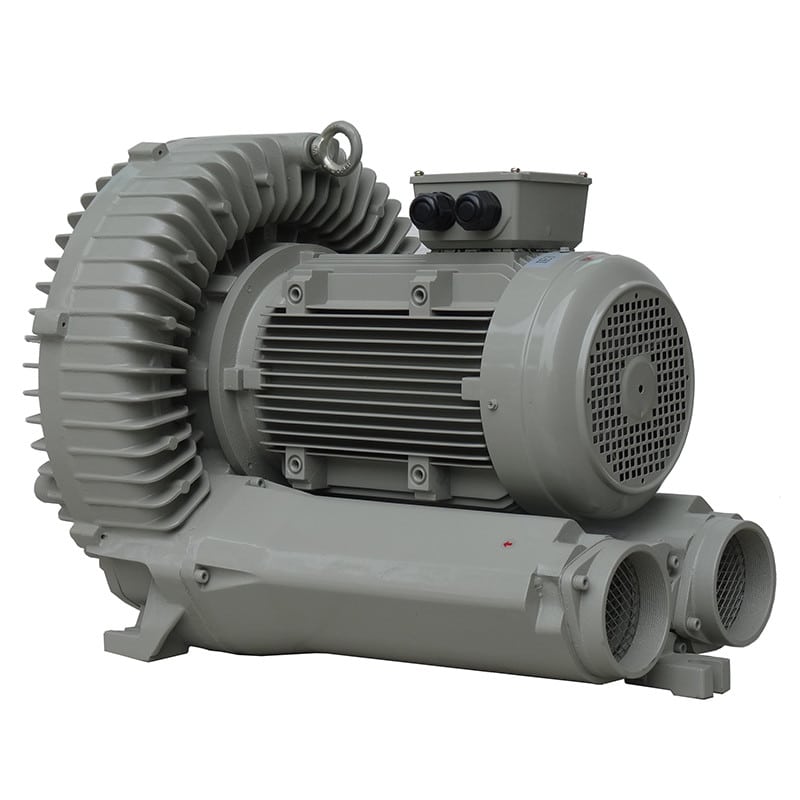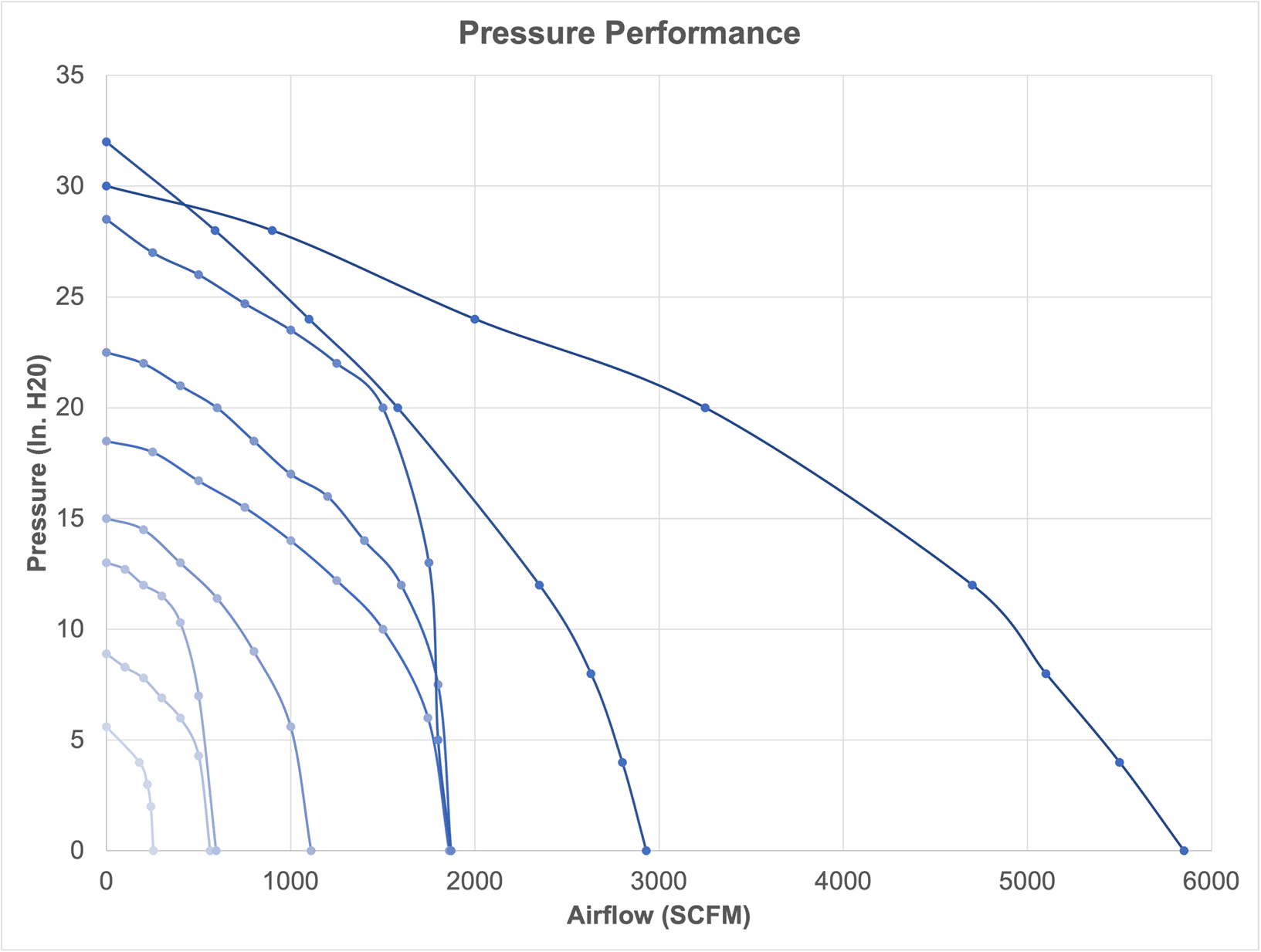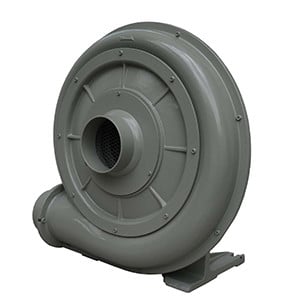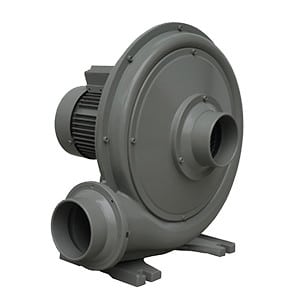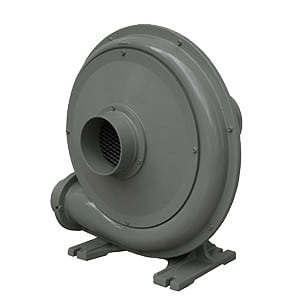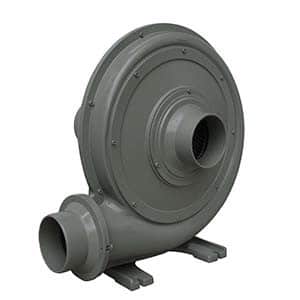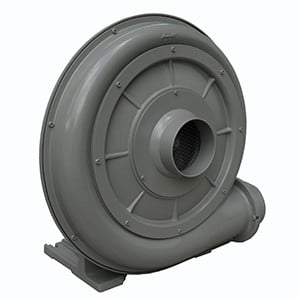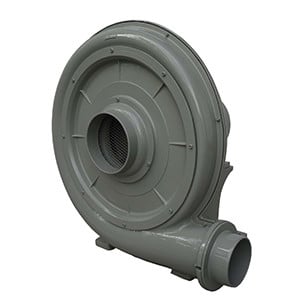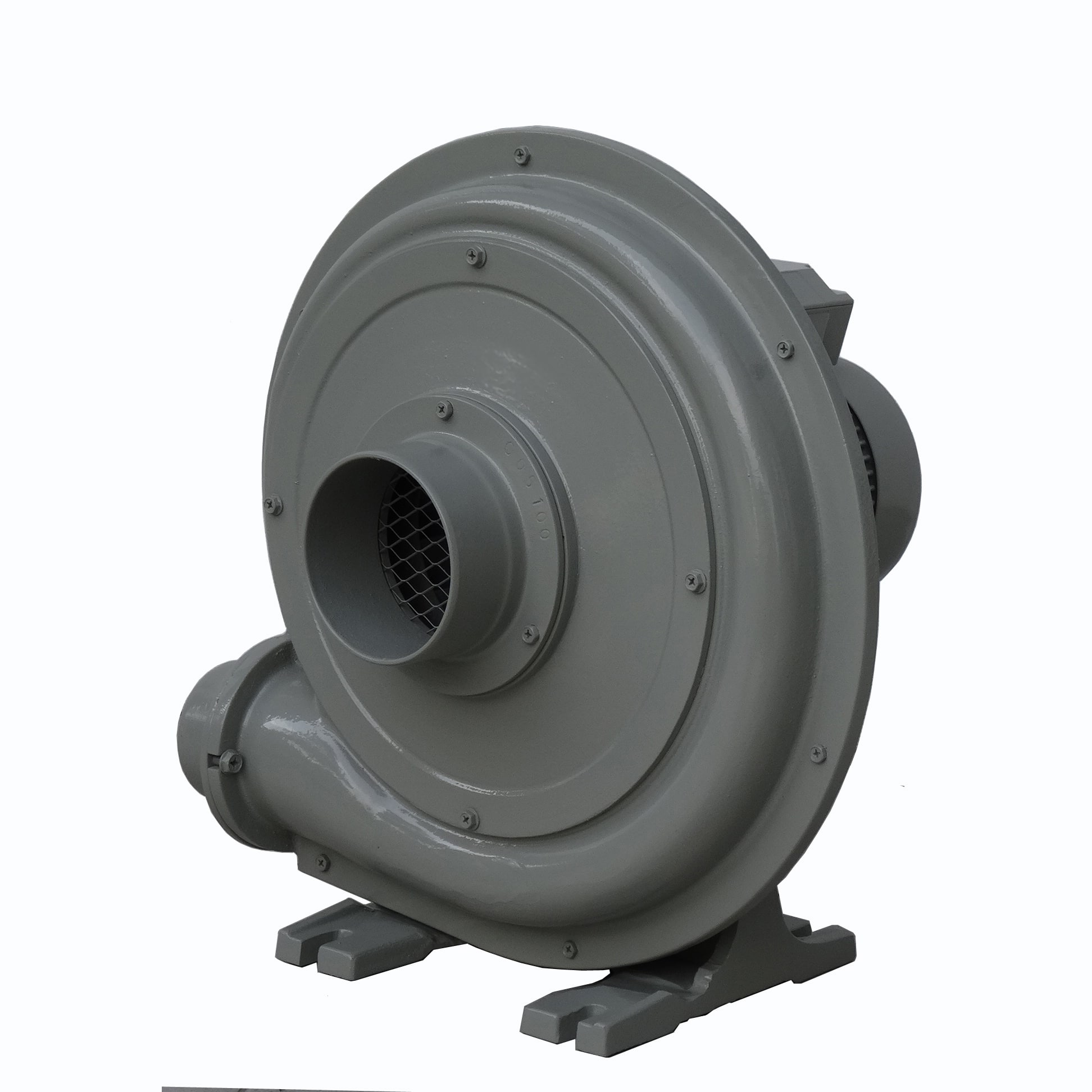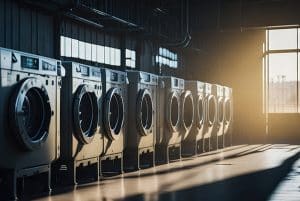Here’s a quick breakdown of the common types of fans and blowers, their key features, and typical applications: 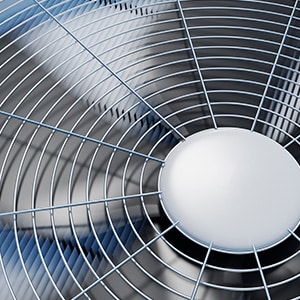
Fans
Fans move large volumes of air at low pressure and are commonly used for ventilation and cooling.
- Axial Fans
- Description: Air flows parallel to the fan’s axis. The blades rotate around a central hub.
- Key Features:
- High airflow, low pressure.
- Simple design, energy-efficient.
- Applications:
- HVAC systems, cooling towers, exhaust fans, and general ventilation.
- Centrifugal Fans
- Description: Air enters axially and exits radially, forced by the blades through a centrifugal motion.
- Key Features:
- Higher pressure capability than axial fans.
- Suitable for systems with ductwork or resistance.
- Applications:
- Industrial ventilation, material handling, and dust collection systems.
- Mixed-Flow Fans
- Description: A hybrid between axial and centrifugal fans, offering a combination of airflow and pressure characteristics.
- Key Features:
- Moderately high pressure and airflow.
- Compact and efficient.
- Applications:
- HVAC systems, compact ventilation units, and medium-resistance ductwork.
- Propeller Fans
- Description: A type of axial fan with large blades resembling a propeller.
- Key Features:
- High airflow with minimal resistance.
- Inefficient in high-pressure systems.
- Applications:
- Agricultural ventilation, exhaust fans, and cooling towers.
Blowers
Blowers move air at a higher pressure than fans, suitable for focused and powerful airflow.
- Centrifugal Blowers
- Description: Operate similarly to centrifugal fans, creating high pressure through centrifugal force.
- Key Features:
- High-pressure capability.
- Robust and suitable for demanding environments.
- Applications:
- HVAC systems, industrial drying, pneumatic conveying, and dust control.
- Positive Displacement Blowers
- Description: Use rotating mechanisms (e.g., lobes or screws) to move air in discrete volumes.
- Key Features:
- Constant airflow, regardless of pressure variations.
- Ideal for applications needing steady and precise airflow.
- Applications:
- Wastewater aeration, pneumatic conveying, and high-pressure industrial systems.
- Regenerative Blowers (Side Channel Blowers)
- Description: Air is recirculated within the blower housing for increased pressure.
- Key Features:
- Moderate pressure, high efficiency.
- Oil-free operation.
- Applications:
- Aeration, vacuum lifting, and small-scale industrial applications.
- Inline Duct Blowers
- Description: Installed directly within ducts to enhance airflow in ventilation systems.
- Key Features:
- Compact and efficient.
- Low-to-moderate pressure.
- Applications:
- HVAC duct boosting, exhaust systems, and confined-space ventilation.
Comparison of Fans and Blowers
| Feature | Fans | Blowers |
| Airflow Direction | Parallel or slightly radial | Radial or focused |
| Pressure | Low (1-2 PSI) | Moderate to high (up to 10 PSI) |
| Efficiency | High in free-flow systems | High in confined or ducted systems |
| Common Use Cases | Ventilation, cooling, exhaust | Industrial drying, pneumatic systems |
Choosing the Right Type
- Use fans for large-volume, low-pressure airflow applications like ventilation or cooling.
- Opt for blowers in systems needing higher pressure or precise air movement, such as material handling or industrial processes.



